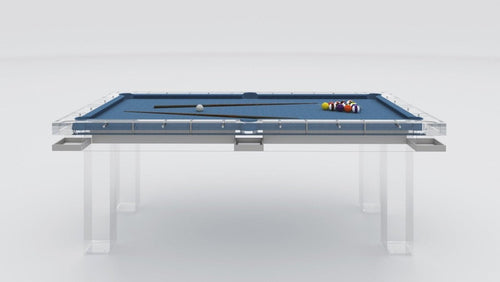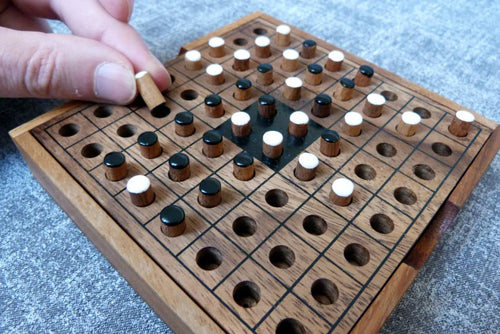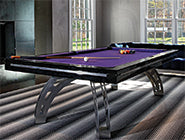Enjoy our modern designs
Estimated Read Time: 5 mins |
Table tennis—also known as ping pong—is more than just a recreational pastime. It’s an Olympic discipline and one of the most widely played indoor sports globally, blending athleticism, precision, and mental strategy in a fast-paced format. The game’s unique combination of speed, spin, and strategic depth makes it one of the most demanding yet accessible sports available.
A Sport for All
Table tennis is universally inclusive. It is celebrated as a sport for all ages and abilities—young or old, fit or unfit, able-bodied or with disabilities. Its versatility makes it suitable for high-stakes international competitions or casual, social recreation. Whether played seriously or just for fun, it offers physical, mental, and social benefits.
Spin and Touch: The Heart of the Game
- Spin Types: Topspin, backspin, sidespin, and even float (minimal/no spin) drastically affect the ball’s trajectory and bounce.
- Spin Control: Influences nearly every stroke and requires both technical and perceptual skill to master.
- Equipment Factors: The use of various rubbers and blades creates further variation, making spin recognition a vital skill.
- Core Challenge: Handling spin is a constant challenge—and a key reason why the sport is so difficult to master.
Speed and Pressure: The Modern Game
- Elite Pace: Modern table tennis is one of the fastest sports in the world; rallies often end within one to three strokes.
- Essential Attributes: Reflexes, timing, and explosive movement are essential.
- Offensive Defense: Defensive players now require offensive tools due to increased pace.
- Match Pressure: The high speed amplifies pressure, where micro-mistakes are costly and split-second decisions are crucial.
Tactics, Not Just Technique
Despite its speed, table tennis is often compared to chess—requiring calculated risk and strategic depth:
- Deliberate Tools: Ball placement, spin variation, and tempo control are used with intent.
- Opponent Reading: Players must analyze and adjust based on opponents' tendencies.
- Strategic Thinking: Success depends not just on execution, but understanding when and why to use certain strokes.
A Demanding Blend of Attributes
- Technique: The foundation of stroke execution.
- Physical Conditioning: Speed, coordination, flexibility, endurance, and strength all play a role.
- Mental Strength: Performing under pressure, managing nerves, and sustaining focus.
- Tactical Intelligence: Recognizing patterns and making optimal choices in real time.
- Decision-Making: Stroke-by-stroke assessments must happen under extreme time constraints.
Many players excel in training but struggle in matches—what separates champions is the ability to execute under pressure.
Simulation and Repetition: The Path to Mastery
- Match-Like Repetition: Practicing with game-realistic drills is essential.
- Simulation Drills: Mimic the intensity and unpredictability of real matches.
- Instinctual Play: Training tactics until decision-making becomes automatic is key.
Doubles: A Unique Format
- Alternating Shots: Partners take turns every hit, creating rhythm challenges.
- Teamwork: Success requires communication and awareness of each other’s strengths and weaknesses.
- Unique Demands: Serve coordination, movement sync, and mutual trust are vital.
- Different Skillset: Strong singles players may not always thrive in doubles without strong chemistry.
Conclusion
Table tennis is an intricate, high-speed sport where precision meets pressure. Its blend of technical execution, physical agility, tactical depth, and mental strength demands complete engagement. Whether at the Olympic level or a local club, table tennis remains one of the most deceptively complex and exhilarating sports in the world—where every serve, spin, and stroke counts.

















